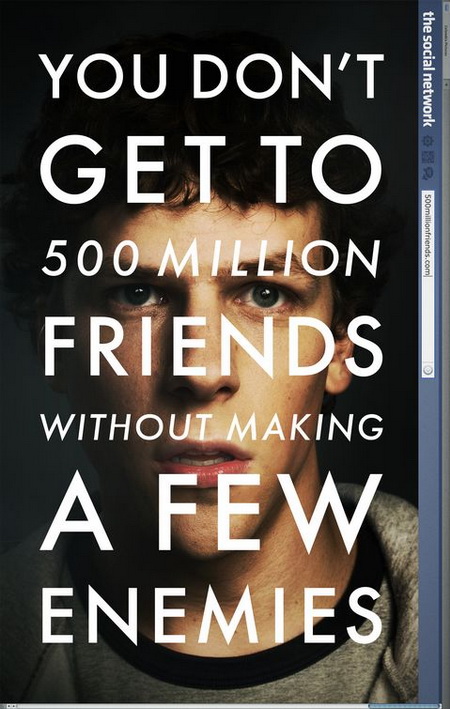What I enjoy most about the HBR Blog Network, is that it is a very collective site with many reading materials to choose from. It offers an array of insights on today’s business world through the forms of newspaper/magazine articles, book excerpts, cases, and blog entries. Topics covered through the HBR Blog Network may include leadership, people management, business communication, innovation, and careers, to name a few. Entries are written collaboratively by multiple bloggers which I find very informational, as this manner generates more perspectives and ideas on a problem than one man vs. the world.
I can often connect classroom concepts to their blog posts as I browse. One example is “Four Lessons on Culture and Customer Service from Zappos” which discusses Zappos’ unique hiring method (i.e. paying trainees to quit) and emphasis on customer service, a perfect example of organizational culture from start to endless. In a nutshell, organizational culture is the “values and behaviours that contribute to the unique social and psychological environment of an organization,” and at most times, is hard to replicate by rivals. Zappos’ unique hiring process, bill of believed core values, and non-hierarchical workplace produces a team of loyal, motivated, and dedicated individuals who can be themselves. The positive organizational culture will reflect in the employee’s customer service. In turn, a loyal return-customer base is built, driving Zappos for many years to come.






